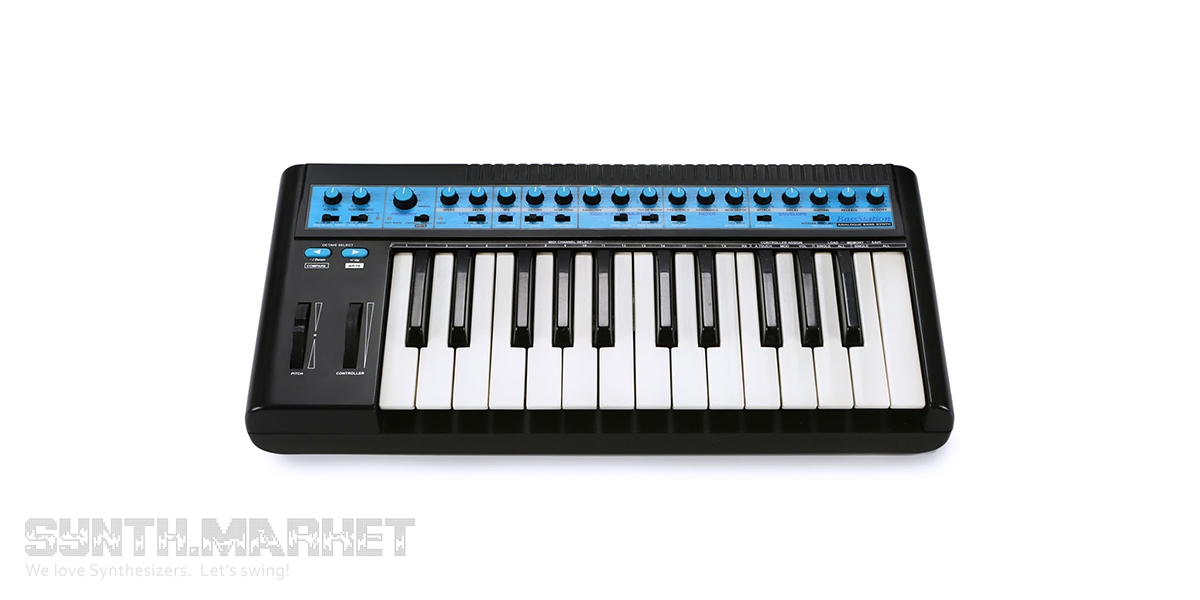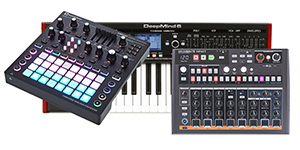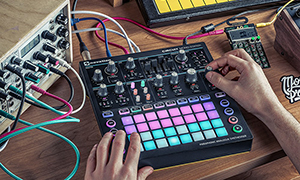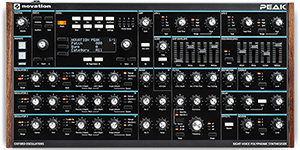When Bass Station was released in 1993, it revealed the potential of the classic synthesizers Roland TB-303 and Minimoog. In those days, most musicians couldn’t afford such a luxury as Minimoog, so they often turned to Bass Station. Soon this synthesizer would occupy a prominent place in the history of dance music.
Monophonic analog monster has 2 DCOs (analogue oscillator with digital control) with saw and square waveforms, as well as PWM (pulse width modulation). Through the sections OSC 1 and OSC 2, additive synthesis is carried out. In addition, the unit offers a subtractive method (filter + envelopes) with a tuning depth adjustment (LFO or ENV2). Unfortunately, its internal memory allows you to save only 7 patches. And fortunately, all presets can be stored on an external device using MIDI SysEx.
The interface consists of 19 knobs, 13 switches, as well as pitch/modulation wheels made in the style of the legendary Minimoog. All controls can be manipulated by a MIDI controller.
Inspired by the authentic bass sound of TB-303 and Pro One, it offers similar properties in the most believable way. A miniature 2-octave keyboard is a portal to the world of synthesized sounds. In general, the synthesizer has deep and rich timbres, which makes it equal to other "mini-giants" of the music world. A small list of big names that used it in their tracks: Daft Punk, The Chemical Brothers and Massive Attack.
Tags:















